PTLD: Diagnosis, Treatment, and Management in Kidney Transplants
VerifiedAdded on 2023/06/03
|20
|1677
|370
Report
AI Summary
This report provides a comprehensive overview of Post-Transplant Lymphoproliferative Disorder (PTLD) in the context of kidney transplantation. It begins with an introduction to PTLD, including its historical context and association with solid organ transplantation. The report then delves into the diagnostic process, emphasizing the importance of a thorough patient history, physical review, and laboratory tests, including EBV evaluation and complete blood cell counts. It details the significance of EBV status, both pre-transplantation and post-transplantation, and discusses the use of quantitative PCR to monitor EBV viral load. The report also covers the histopathologic verification of tumor tissue, including the identification of EBV through immunohistologic staining and in situ hybridization. Furthermore, it explores the management and treatment of PTLD, highlighting the central role of immunosuppression reduction and other therapeutic approaches such as cytotoxic T lymphocytes, radiation therapy, chemotherapy, interferon alfa, antiviral therapy, surgical excision, and intravenous gamma globulin (IVIG). The report emphasizes the balance between the risks of allograft failure and life-threatening PTLD and discusses the use of antiviral treatment, including foscarnet, ganciclovir, and acyclovir. The report also references the Seville Workshop's recommendations for minimizing the risk of PTLD, including pre-transplant EBV status assessment and the use of prophylactic antiviral treatment or IVIG. This report is a valuable resource for healthcare professionals and students seeking to understand and manage PTLD in kidney transplant recipients.
1 out of 20
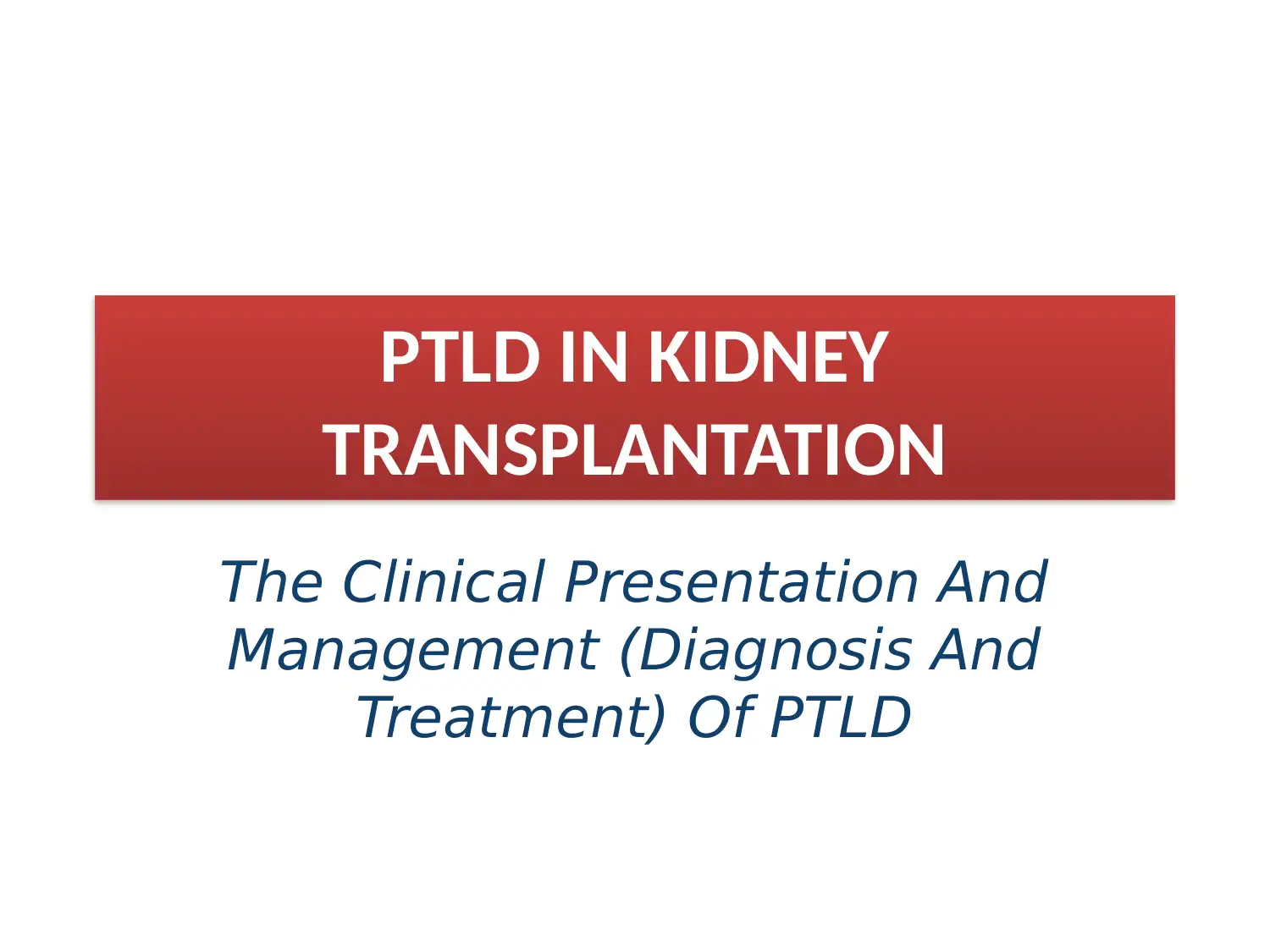
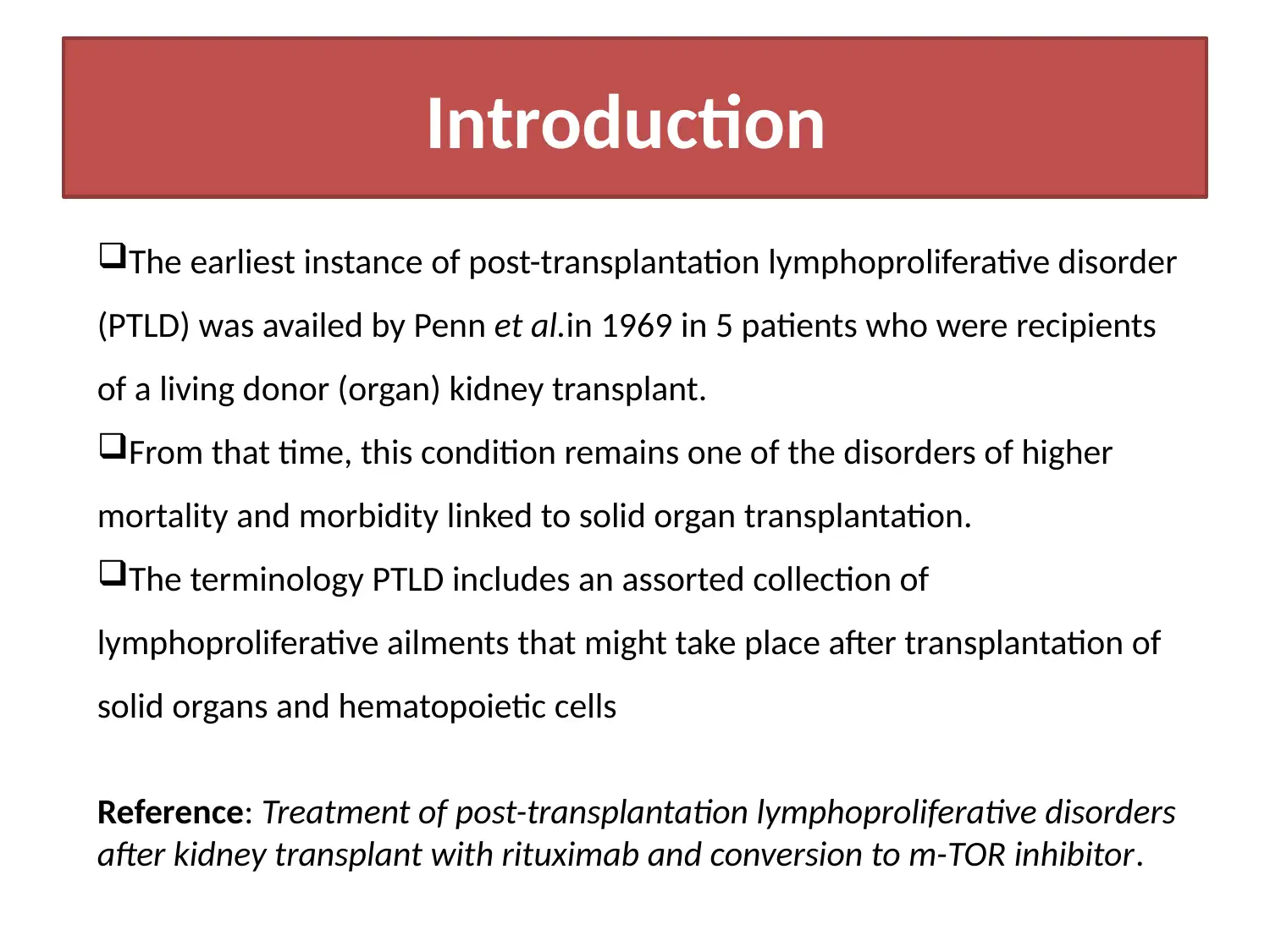
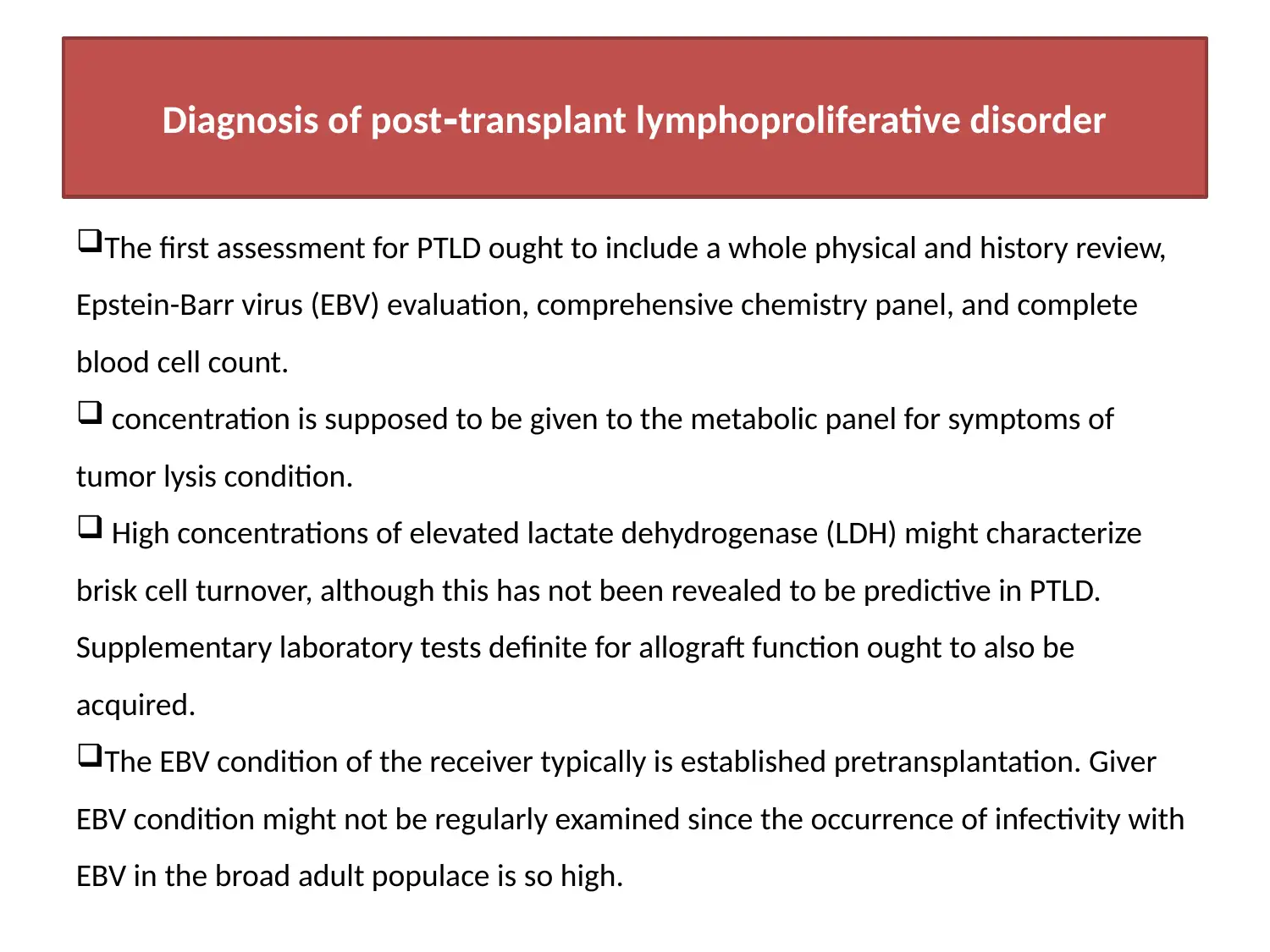

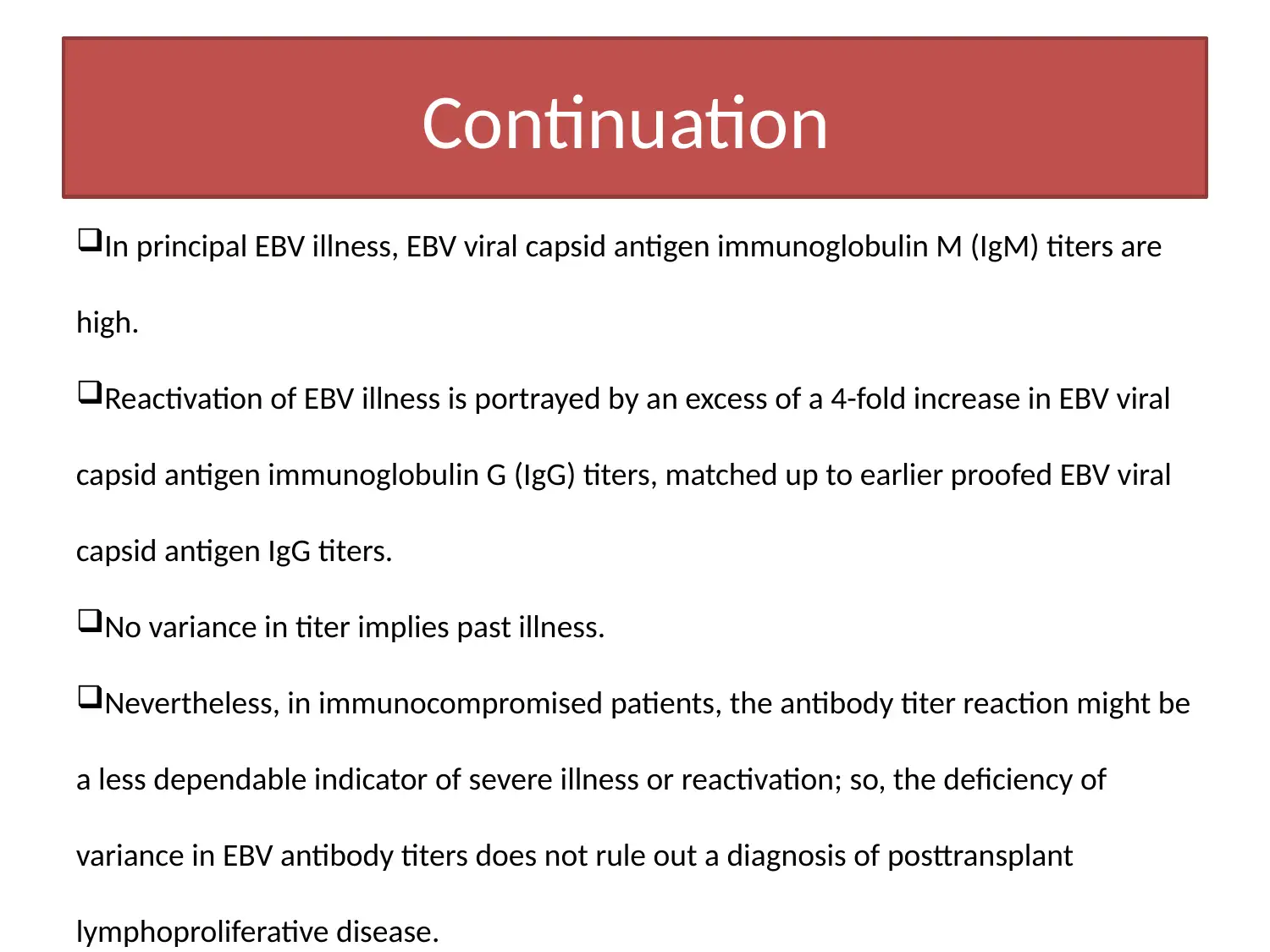
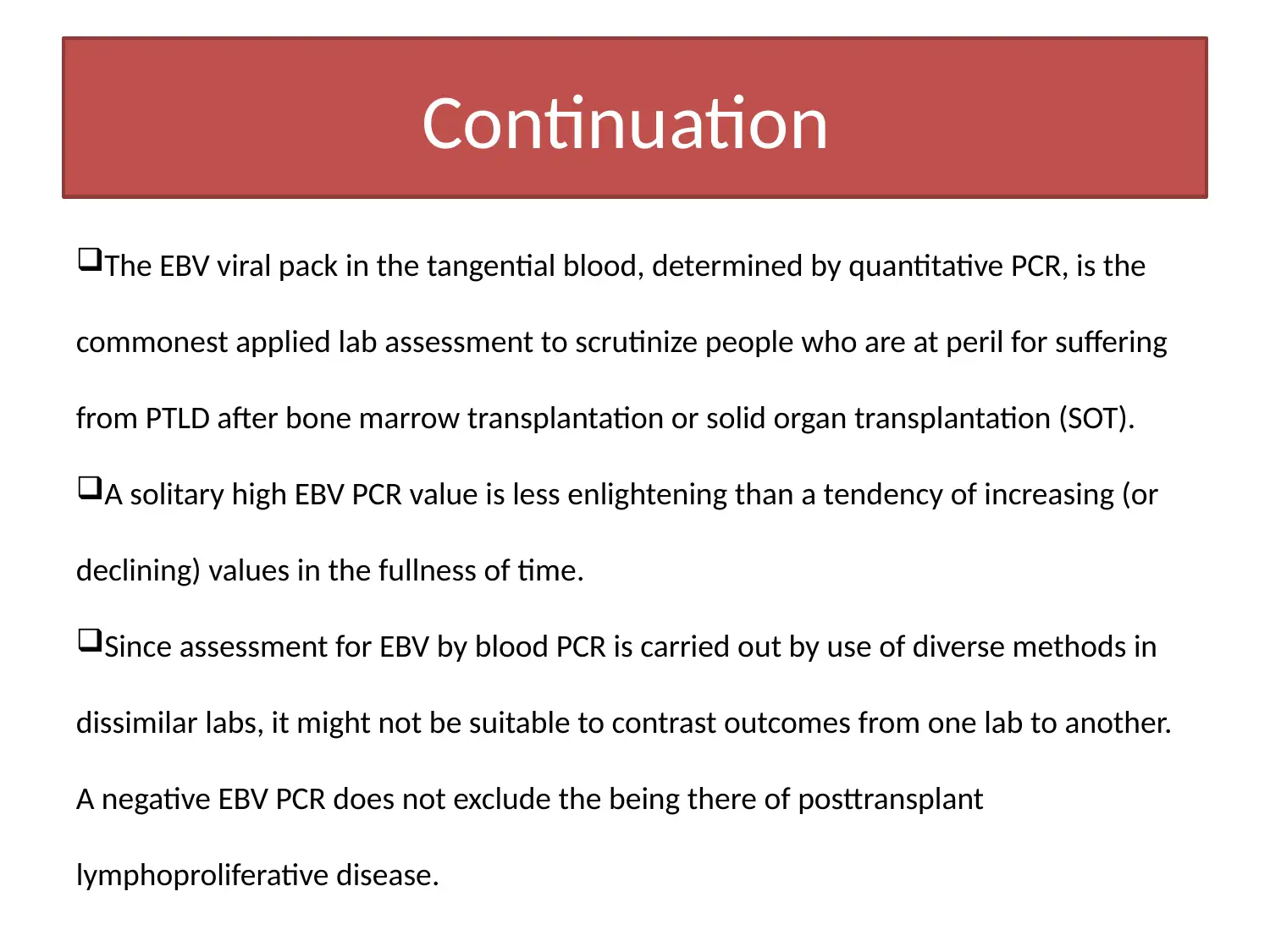
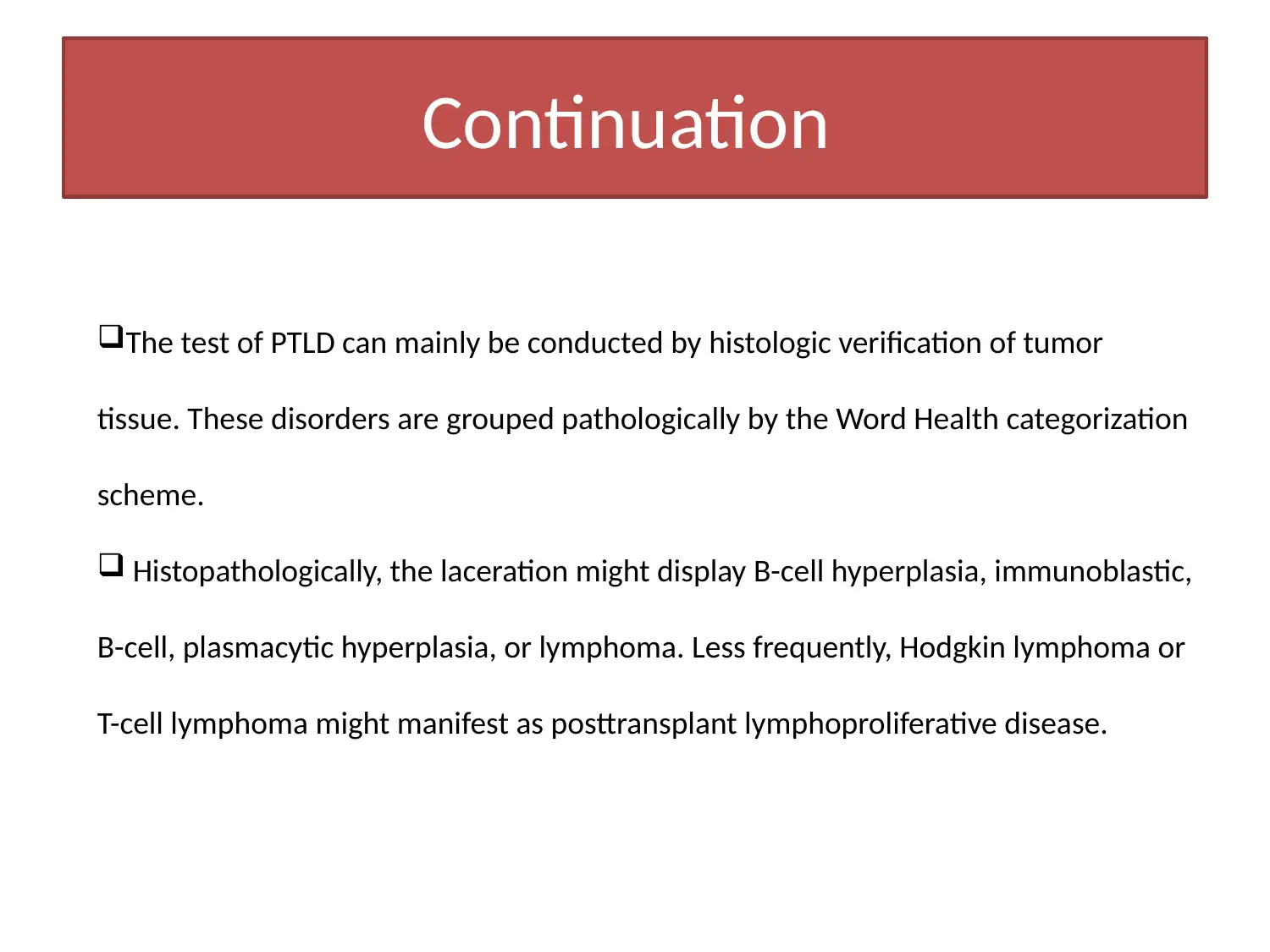
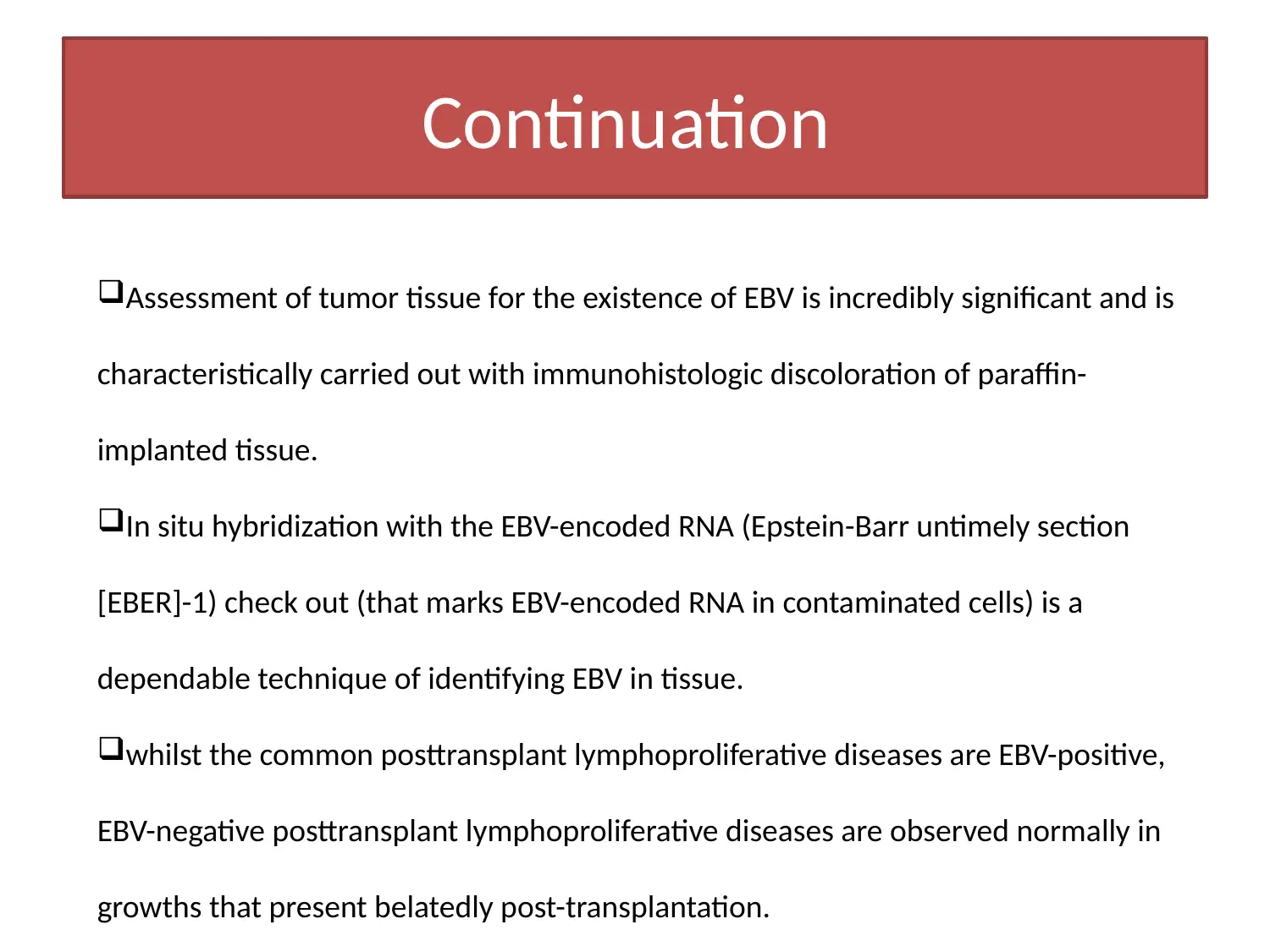

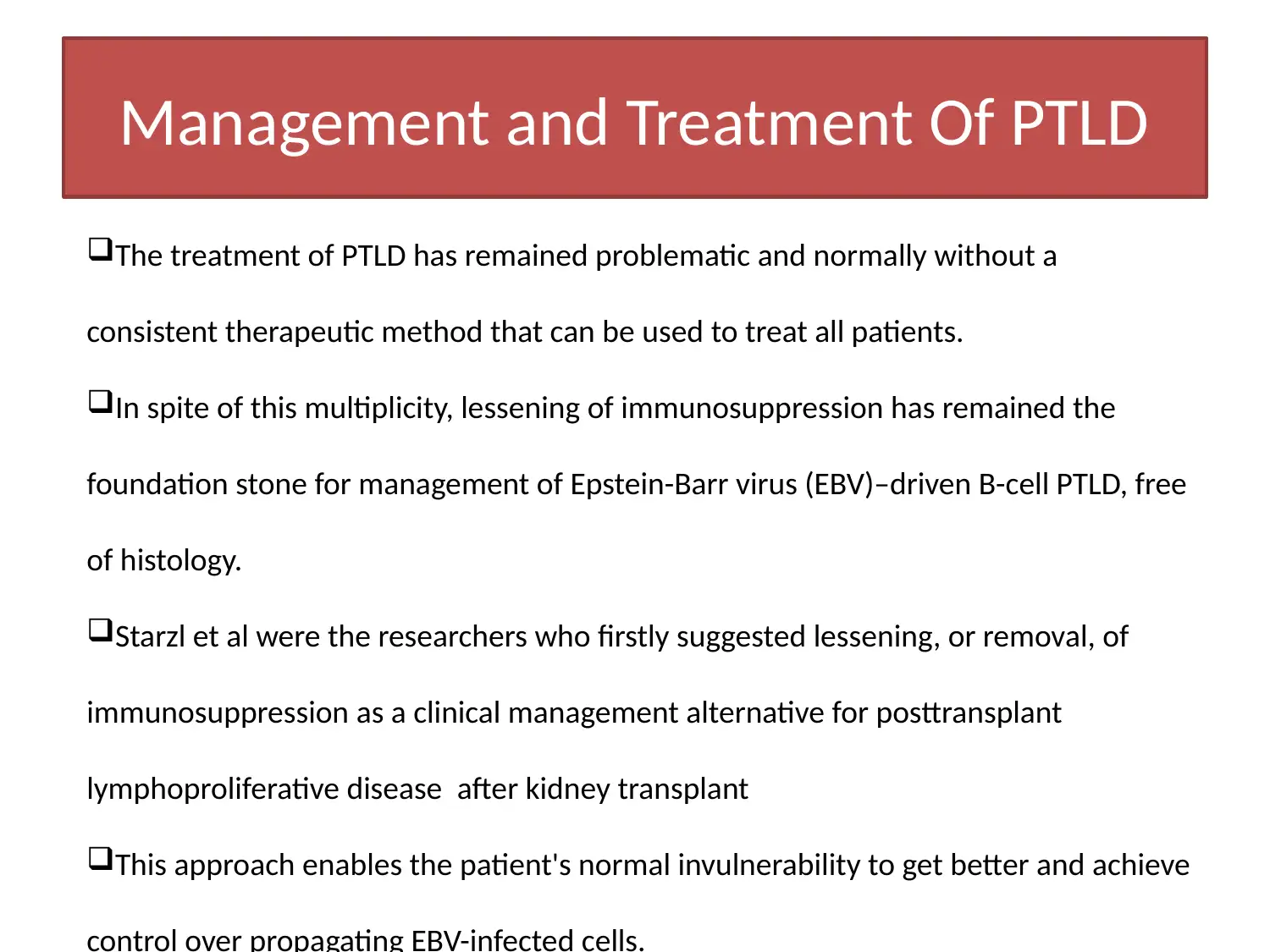

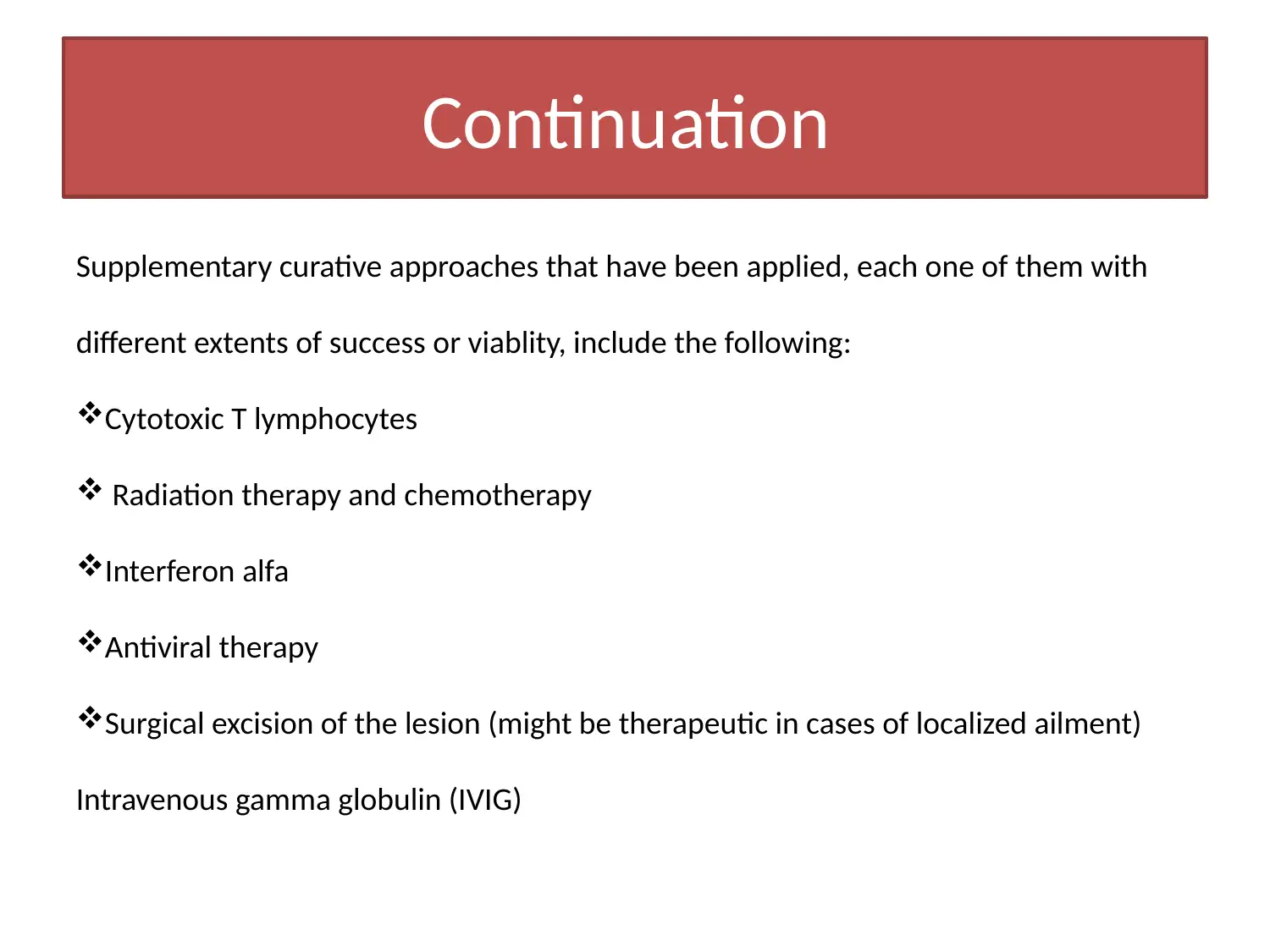
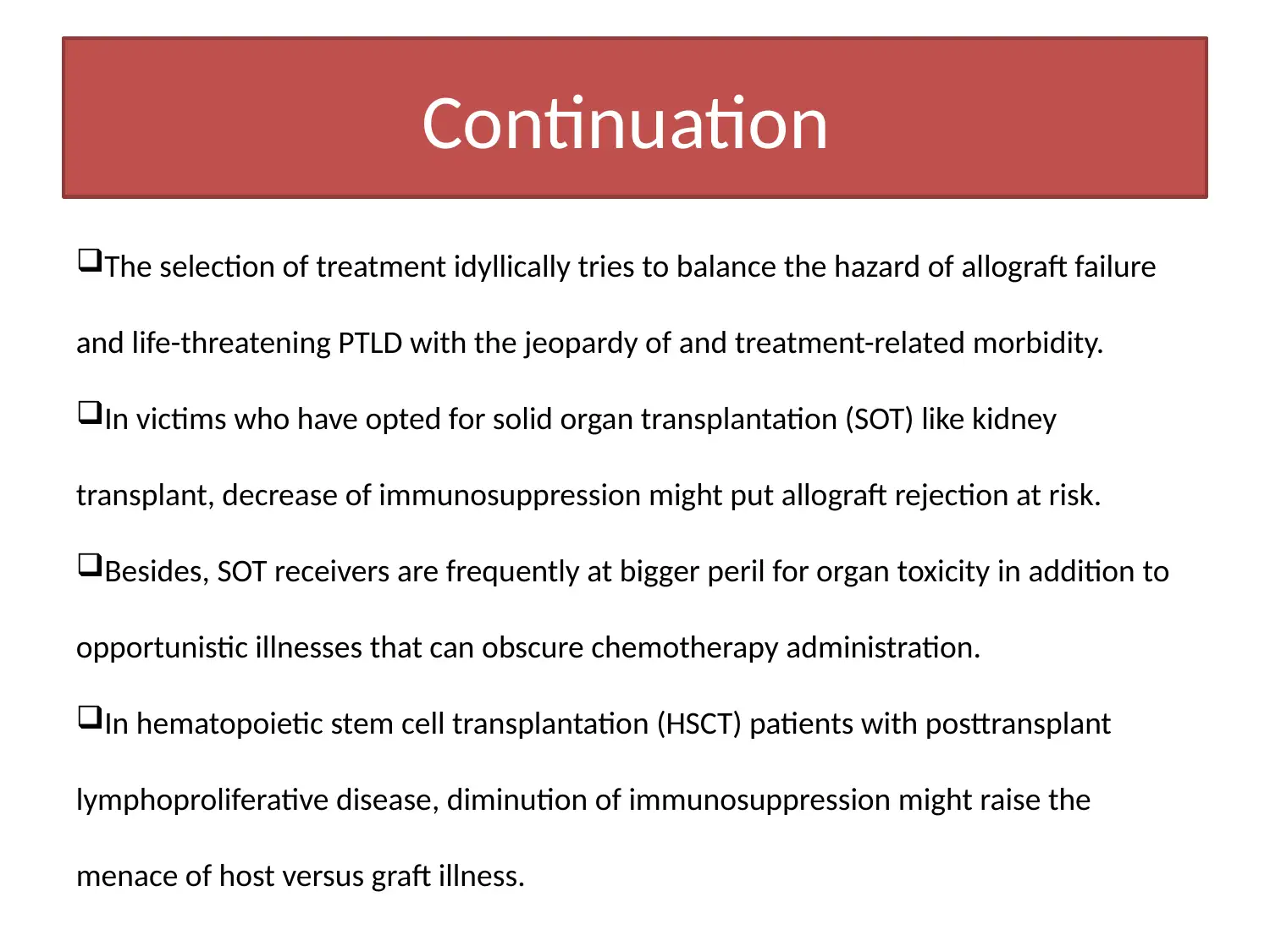
![[object Object]](/_next/static/media/star-bottom.7253800d.svg)